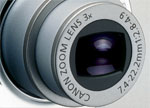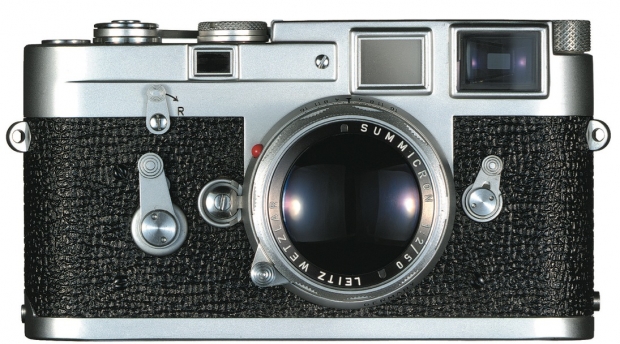
The development of the EVIL (Electronic Viewfinder / Interchangeable Lens) platform has been a long time coming, and in a way, it has been pretty much inevitable.
From one end of technology development, digital compact cameras and bridge cameras have been getting more and more advanced.
At the same time, camera manufacturers realized that SLR cameras aren’t just for the photographic elite and advanced amateurs anymore. Anybody who wanted to start do a little bit more serious experimenting with photography was reaching for entry-level SLR cameras, which led some manufacturers (especially Sony) to launch more affordable and simpler digital SLR models.
A gap in the market...
In the gray area of very advanced compact cameras and very simple SLR cameras, there was a very obvious gap – which was eventually filled when Olympus revived their PEN name.
The Olympus PEN brand was first used in the late 1950s, with a series of very innovative cameras. The PEN name was attached mostly to non-interchangeable lens rangefinder. The first few models were ‘half frame’ cameras, which, at the time, was the smallest camera to use the standard 135 film.
This ‘rangefinder’ word is important: Instead of having a mirror, so the photographer can see what they are photographing through the camera’s lens, you would look through a small hole next to the lens, which would give you an approximation of the picture you were about to take – much like you would get on film-based compact cameras and disposable cameras.
The half-way house: digital rangefinder cameras
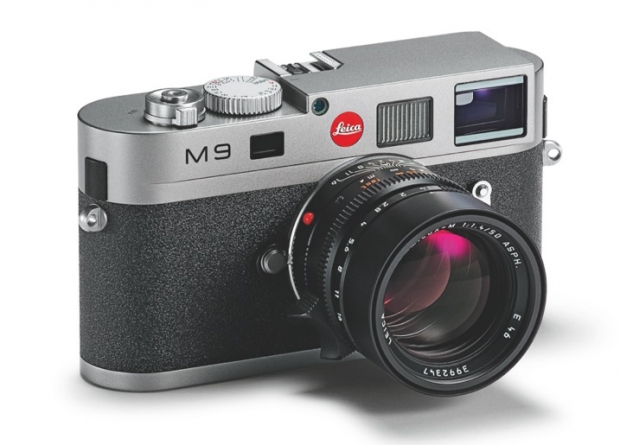
When Olympus launched the PEN EP-1, it immediately drew comparisons to the cameras from another camera manufacturer who have a long history in the world of rangefinder cameras: Leica.
Leica is one of those camera brands that most serious photographers have heard of, but that leaves amateurs scratching their heads. Hand-built in Germany, the Leica company is well-renowned for building high-precision, high-quality camera instruments that retail for obscene amounts of money.
In 2006, Leica introduced the M8, which follows in the footsteps of a long and rich history, going all the way back to the Leica M3, a rangefinder camera launched in the mid-1950s. The M8 was the first digital rangefinder from Leica, and it is still considered a very capable camera today. However, it doesn’t have Live View, so there is no way of seeing what you are doing – until after you have done it. A true purist’s camera, then, but considering that it was launched already in 2006, it was also an intriguing look into the future of what was to come…
Technology matures, and EVIL cameras become possible.
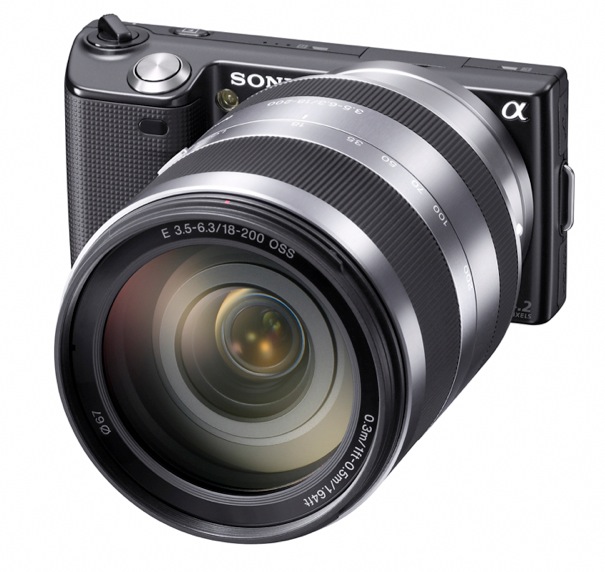 The introduction of the EVIL cameras is the culmination of a lot of technology coming to fruition, finally: Up until 2008 or so, there had been several attempts at launching cameras with electronic viewfinders (Among others, I remember the miserable experience of using a Canon Pro90 bridge camera in 2002 or so), but the technology, on the whole, was pretty much useless.
The introduction of the EVIL cameras is the culmination of a lot of technology coming to fruition, finally: Up until 2008 or so, there had been several attempts at launching cameras with electronic viewfinders (Among others, I remember the miserable experience of using a Canon Pro90 bridge camera in 2002 or so), but the technology, on the whole, was pretty much useless.
Using the camera’s sensor to display what the camera was seeing ‘live’ on a small screen in a configuration similar to that of a SLR camera was a brilliant idea. It wasn’t without problems, however: The imaging sensors were of poor quality imaging sensors – especially in low light – and the low-resolution displays available at the time made a pretty hopeless combination. Most people who gave EVF (Electronic Viewfinder) cameras a shot quickly returned to the safety of the SLR camera.
Meanwhile, in the Compact camera world, more and more people were using the LCD display exclusively, ignoring the optical viewfinder. Camera manufacturers were noticing this, of course, and decided to concentrate on making the LCD displays better, and ditched the optical viewfinders from their cameras.
Eventually, when live view became good enough that the viewfinder became superfluous, the technology was ready for EVIL cameras: Why should the users have to put up with the humpback design of SLR cameras when the mirror and pentaprism part was superfluous?
Exactly.
Customers wanted smaller, lighter cameras that didn't compromise on image quality; they didn't want the weight and size associated with the SLR platforms, but they did want the flexibility of being able to select the perfect lens for the job.
The rest, as they say, is history...
And so, the EVIL cameras were born...
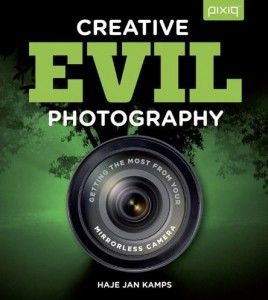
The above is an extract from the introduction chapter of my brand new book, Creative EVIL photography. I'm biased, of course, but I think it's a fantastic book.
Whether you've already bought an EVIL camera, whether you're considering it, or even if you don't think you'll ever go near one, but just want a thorough introduction to photography, this is the book for you.
It has just popped up for sale on Amazon.com and Amazon.co.uk, so head over and buy your copy today!






